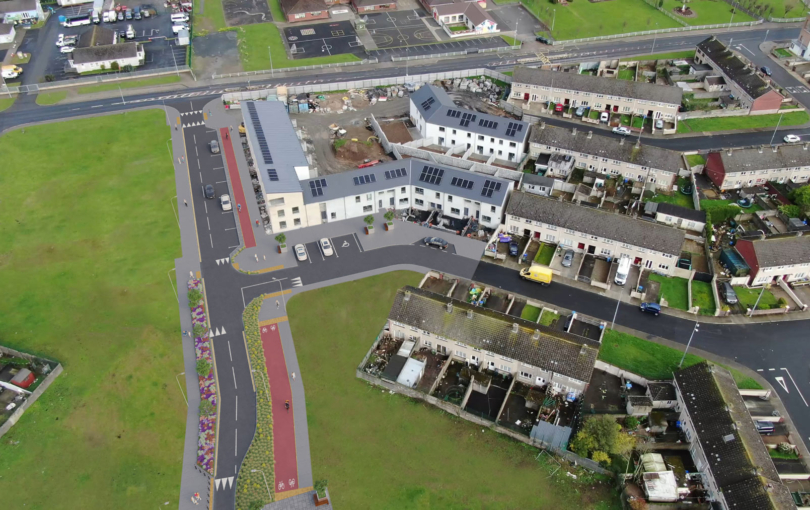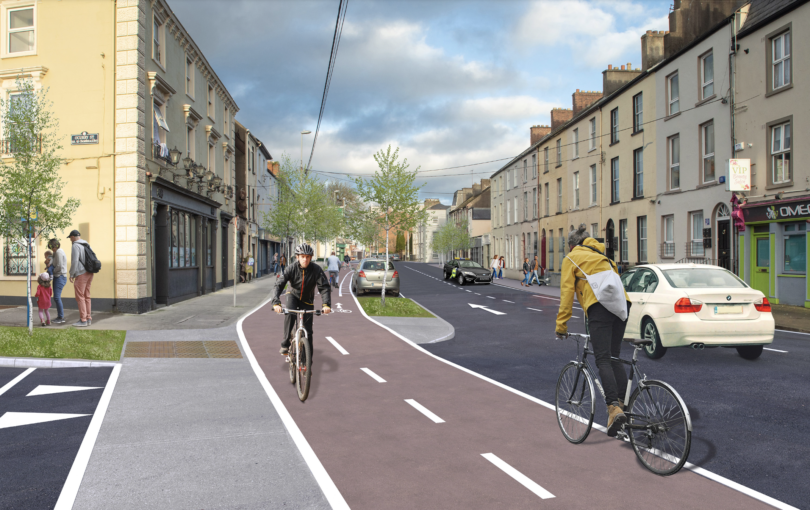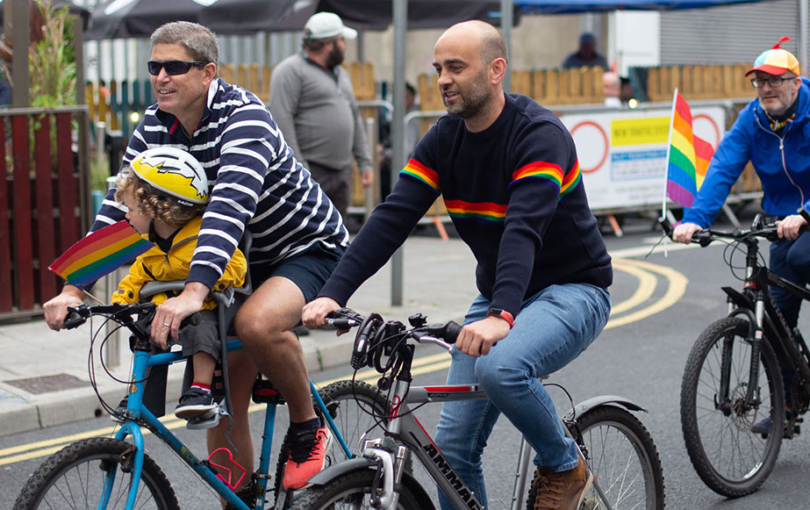
Prior to the local elections in May 2019, Limerick Cycling Campaign is asking local election candidates for their opinions on a list of actions that if enacted we believe would make Limerick a leading cycle-friendly city. This is Action 2, invest a minimum of 10% of the Road and Transport Budget on cycling infrastructure. Responses from candidates will be published prior to the local elections.
Cycling should be a very important element of the transport heading
If we want to meet targets set out in local and national policy documents we need to ring-fence money for investment in cycling infrastructure. In 2009 the Department of Transport released the National Cycle Policy Framework – a strategic plan for cycling with the goal that 10% of all trips to work would be made by bike by 2020. According to a 2017 transport analysis of Limerick, it is estimated that only 1.8% of work journeys are made by bike. One of the main contributors for the lack of progress on actions set out in the National Cycling Policy is lack of a ring-fenced budget.
A 2016 United Nations Environment Programme (UNEP) report suggested that a minimum of 20% of transport budgets should go towards active travel in the near future to combat climate change, tackle growing international health issues and promote equality and social inclusion in our cities and towns. Closer to home, in March 2019, the Joint Committee on Climate Action, following recommendations from a citizens assembly, recommended that 10% of transport budgets should be allocated to cycling infrastructure. This was agreed by all political parties and included in the report.
Good cycling infrastructure costs money, but it is important to highlight the return we get on that investment. Investments in cycling infrastructure benefit all citizens. A well-designed cycling infrastructure network reduces traffic congestion and air and noise pollution which makes for a more pleasant city. It is also good for the local economy, encouraging sustainable transport plays to the strengths of the local high street. Motorists shop in out-of-town shopping centres, whereas utility cyclists and walkers shop on city high streets. Reduced motor traffic makes for more pleasant and safer streetscapes, thereby enhancing the city as a social destination for families and the evening hospitality trade. Cycling, as part of a commute, has been proven to enhance psychological well-being and overall health, Cycle commuters miss fewer work days due to illness. A safe cycling network also promotes independence for our younger and more vulnerable citizens. The relatively low cost of entry to bike ownership and access to the shared bike schemes breaks down access barriers and improves social inclusion.
From the figures available, we estimate that Limerick City and Council currently spends less than 2% of the Roads, Transportation & Safety Capital Budget on cycling infrastructure. We are asking that this be increased to a minimum of 10% with immediate effect. If we are serious about developing and delivering excellent cycling infrastructure for a smart, healthy city we need to allocate for cycling in a way that allows our city officials to plan and deliver a coherent safe cycling network for all citizens.
National Policy and Documentation on the Issue
Report of the Joint Committee on Climate Action: Climate Change: A Cross-Party Consensus for Action (March 2019) – Link to the document
10.4 Active Transport – Facilitating and encouraging active transport should be the first priority for emissions mitigation in the transport sector. This is due to the important public health benefits achieved through increased physical activity and reduced emissions of, and exposure to, air pollution. Active travel measures are also among the most cost-effective emissions reduction strategies.
The Committee notes that Dáil Éireann has agreed, in January 2019, to a proposal that all current transport infrastructure programmes should immediately be revised to achieve at least 10% expenditure on facilitating cycling.
Report of the Joint Committee on Climate Action: Climate Change: A Cross-Party Consensus for Action (March 2019) – Link to the document
Local and national authorities do not, by and large, have a good track record when it comes to putting in infrastructure such as dedicated segregated cycle facilities, and that will have to change. Ireland’s first National Cycle Policy Framework was launched in April 2009 and given that many of its recommendations were not implemented, it should now be implemented in line with the recommendations in this Report.







